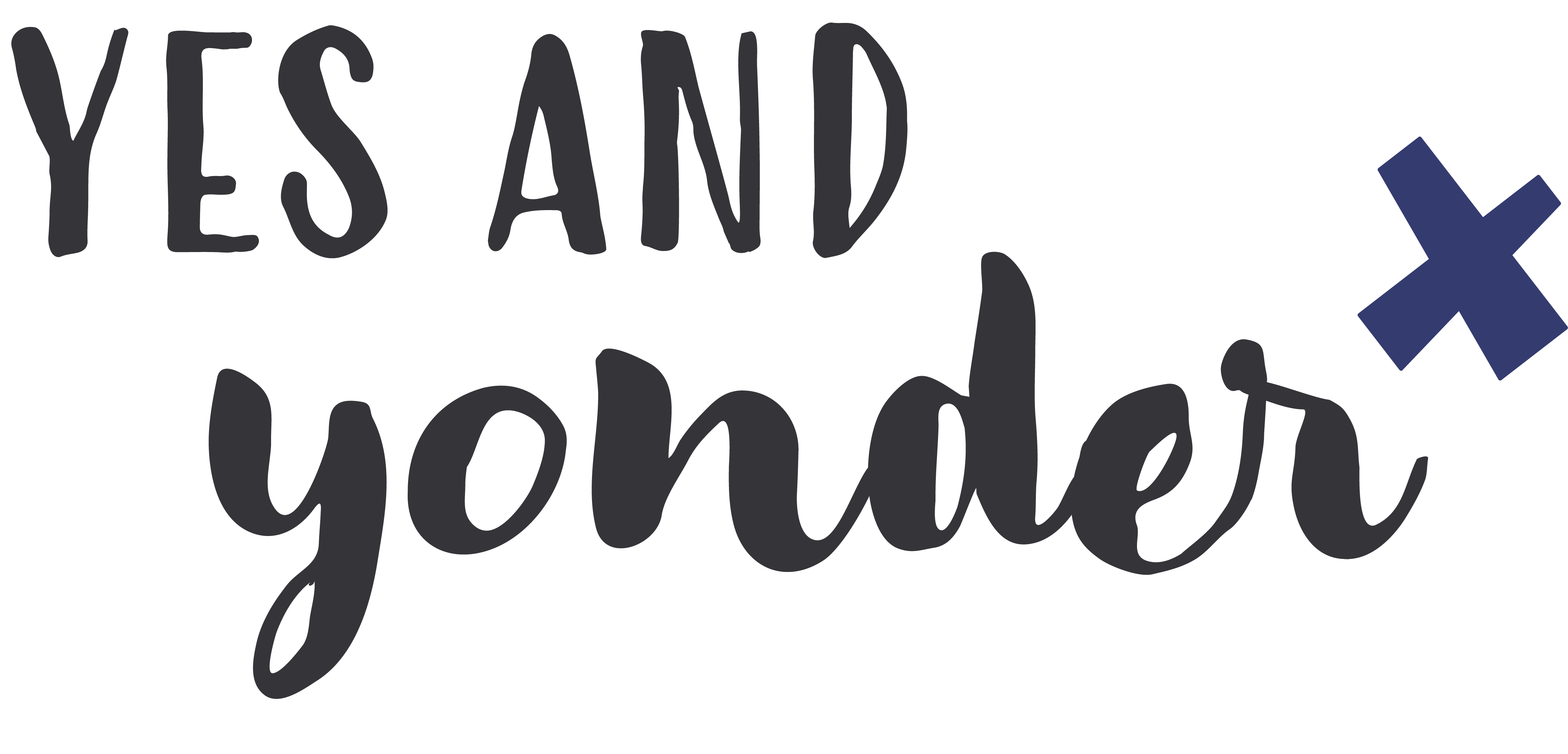Imagine yourself stuck in a conversation with someone with zero personality. The small talk has dried up. Suddenly you need to freshen your drink, hit the restroom, check in with so-and-so… anything you can muster for the quick getaway. It’s no different for brands than for humans. A brand without a personality may command attention in a moment of need, but won’t really inspire people to linger and engage.
If one of your goals is to connect with your audiences more deeply through content or thought leadership, defining brand tone and voice is a good place to start. Clarity in brand voice and tone gives your team confidence to start crafting content and becoming an organizational storyteller.
Your brand voice is your inherent personality, usually described with a handful of traits you embody. While it can be really helpful to hire a facilitator with outside perspective to help you draw out and define your most important and distinctive characteristics, the raw material must come from you. Choosing traits willy-nilly that aren’t connected to your current values and how you behave leaves you with a voice that is hard to pull off, and ultimately rings false.
There are many ways to go about choosing these traits. We prefer to employ a mix of different activities, like interviewing or surveying team members, sharing stories as a group, or a variety of more creative methods.

During our creative kick off with Boardable, team members made a mascot to represent their brand. This was a fun, accessible way to start drawing out some potential traits to define their brand voice.
Your tone is how you modify your voice for specific situations. Imagine your have defined your brand voice as smart, helpful, and playful. You should probably have a more serious demeanor when you’re dealing with a customer complaint. You’re essentially channeling your helpful trait, and downplaying your playful side. When someone is upset, puns and jokes aren’t appropriate. On the other hand, you may channel your smart side, and present a more confident tone when you share your latest research.
Just as a human would, brands should adjust how we communicate to match the situation.
It’s important to understand what each trait means to you, and to decide how to apply it in your communications. Traits like confident have a scale that can slip into extremes. There’s confident, and then there’s boastful. Or arrogant. Create examples of what confident looks like to you, as well as drawing lines of when it becomes too much.
Understanding your voice and tone can help you in efforts to shift brand perception. Pretend you’ve chosen accessible as one of your traits, and you discover you have been perceived as stiff or detached. You might then realize you you had always referred to yourselves in the third person. You decide to instead say “we” and “us.” Small changes like this can actually make a big difference in how people feel when they interact with your organization.
While things like a tagline or headline can help paint a picture, mastery of your voice and tone unlocks storytelling. And stories can be incredibly powerful for bringing the many sides of your brand to life, and shifting brand perception when that is needed.

